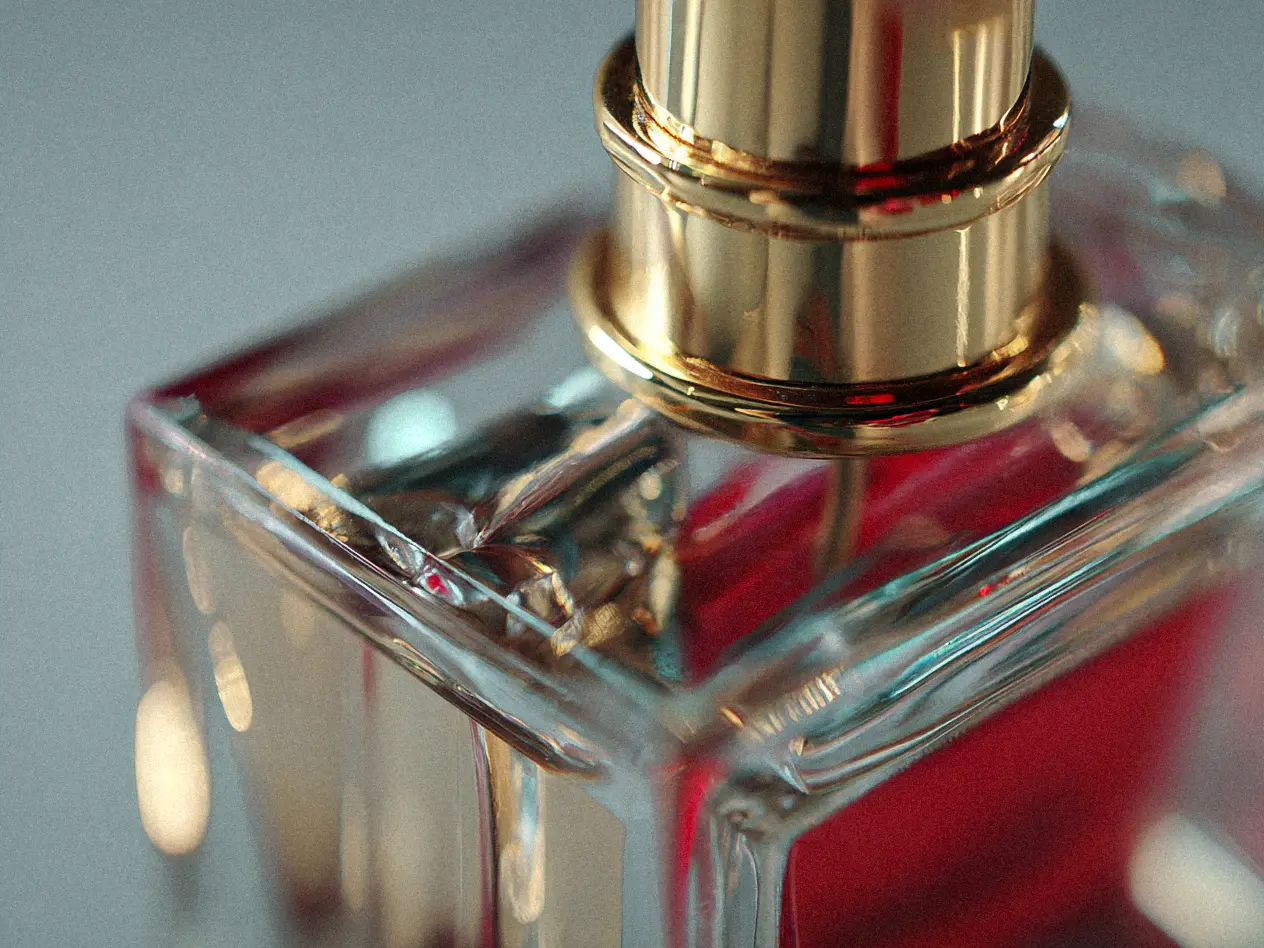For years, a persistent rumor has circulated within the fragrance enthusiast community. Online forums, social media groups and comment sections are filled with discussions debating a specific claim – that testers (both the full bottles and little 1-2ml sample vials), are more concentrated in terms of fragrance-oil than the actual retail product.
But is there any truth to this, or is it just another fragrance-myth that won’t go away?
We decided to look further into this and speak to the people who handle production directly to see if we could get some insights into an industry that’s famous for keeping the wool over everyone’s eyes.
Where & Why Did This Rumor Originate?
The rumor’s persistence comes from real shopper experiences mixed with the fragrance industry’s famous secrecy. Imagine trying perfumes in a busy store. You spray several testers quickly on your skin or paper strips. In that crowded smell environment, scents with strong projection and lasting power grab your attention. The lighter ones fade away. Many shoppers notice the tester’s impressive performance feels different from their experience with the bottle they later buy at home.
This repeated difference naturally creates questions. Combine that with an industry known for keeping production details hidden, where brands and suppliers avoid clear answers (and let’s be honest, everything we read insisting testers are identical almost always came from the brands themselves – hardly the most unbiased or trustworthy source), and you have perfect conditions for theories like the “tester potency myth.”
But looking into this rumor meant facing serious secrecy. Brands and suppliers keep production methods locked down. Our attempts to talk to insiders were met with silence, vague replies or careful company statements. After much effort, we finally found a source deep inside the supply chain willing to explain what really happens.
That source is “Jean” (not his real name), a production manager at one of the world’s biggest fragrance suppliers.
Our Insider Says Yes, Testers Sometimes Are Stronger
We connected with Jean via a series of secure private email exchanges. Protecting his identity is paramount. Jean holds a senior position overseeing production at one of the world’s largest fragrance supply companies.
This company is a crucial behind-the-scenes player, responsible for manufacturing perfumes for many of the biggest luxury brands you find in department stores globally. Jean has worked directly with these brands for over a decade, managing the complex process of producing retail product that reaches consumers.
When asked directly if testers sometimes contain a higher concentration of fragrant oils than the final retail product, his answer was clear. “Sometimes, yes.” Jean confirms.
Why Testers Might Pack a Bigger Punch
So why would brands take this step? Jean points directly to the harsh reality of the perfume counter.
Imagine you are shopping. You walk into a busy department store. The air is thick with dozens of different fragrances. You spray several testers on your arm or a blotter strip within minutes. In this overwhelming smell environment, the perfumes that cut through the noise, the ones that project strongly and remain noticeable on your skin an hour later, are the ones that grab your attention and interest. The faint ones get forgotten.
“The vast majority of perfumes, they are sold because someone loves the tester in that moment,” Jean explained. “If the tester is weak, the sale is much harder, maybe lost. The tester’s only job is to sell the perfume. Making it a little stronger, a little denser in oil, this is simply clever business. It ensures the perfume makes its best possible first impression when it matters most. This is the brand’s chance.”
When asked directly about the rumored difference in strength, Jean confirmed it happens. “Yes, sometimes, the testers, they have a little more concentration of the fragrant oils,” he stated. “Not always, you understand. But for some brands, yes. We adjust the formula slightly for the tester bottles. Maybe 5% to 10% more oil, sometimes a little more. This makes the scent project stronger, last longer on the skin during the short testing time. It is denser.” He elaborated on the scale of these adjustments: “The average EDP is around 15-20% oil inclusion, generally speaking. For a brand to push testers up to 25%-30% is nothing.. a tiny pricing increase.” He was clear this adjustment is intentional for specific clients. “Often brands ask for this. They know the how competitive the industry is. A perfume that disappears quickly in the store, it gets passed over.”
Jean stressed this practice is about optimization, not deception. “It does not change the smell, the character,” he explained. “The perfume you buy, it is fundamentally the same scent. The tester is just… the best version of itself for that first meeting. Like putting your best face forward.”
He also emphasizes this isn’t universal. “Not all brands do this,” Jean stated. “Many brands insist the tester is identical to the bottle you buy. They value consistency absolutely. But I have seen it, done it, for quite a few very big brands. They are household names. They want that competitive edge on the counter.” He revealed the practice varies significantly by market based on cultural preferences and brand strategy: “It is most common for Middle Eastern brands, probably eight out of ten ask for stronger testers. They target customers who value big projection. For Japan, almost never. Their market prefers discreet, close-to-skin scents. European brands? Maybe three or four out of ten do it. Hit or miss.” He declined to name specific brands citing confidentiality agreements.
Jean frames it as an industry reality, not a unique deception.
What This Means for Your Perfume Purchase
So, does this mean you are being tricked or getting an inferior product? Jean and industry logic suggest the answer is no, but with important context. The core scent you purchase is fundamentally the same as the tester you fell in love with. The blend of notes, the overall character, the perfume’s signature smell, remains unchanged. You are buying the fragrance you tested. The potential difference lies purely in the concentration of fragrant oils, which primarily affects performance like projection and longevity, not the scent identity itself.
“Why would you worry?” Jean asked in his email. “The smell you pay for is there. The tester just maybe shows its maximum power immediately. Your bottle, it is the real perfume.” He likened it to seeing a movie trailer packed with the best scenes versus watching the full film. The essence is consistent.
However, several factors explain why your purchased bottle might seem weaker than the store tester beyond any potential oil concentration difference:
-
Skin Chemistry: How a fragrance interacts with your unique skin is the biggest variable. It can drastically alter projection and longevity.
-
Olfactory Fatigue: In a store, your nose is bombarded. You might perceive the initial spray as stronger simply because your senses are fresh. At home, you become accustomed to the scent faster.
-
Environment: Temperature, humidity, and air circulation all influence how a scent performs.
-
Batch Variations: Minor, unintentional differences between production batches can occur, though significant changes are rare for major brands.
Understanding that testers might be optimized helps you look beyond the dazzling first impression. Focus on whether you genuinely love the scent’s character and how it evolves on your skin over hours.
An Encouraged Industry Practice?
This adjustment isn’t just passively accepted. It is often times encouraged by sales teams at major fragrance manufacturers. Jean clarified that account managers from these global suppliers often advise brands to increase tester potency. “Our sales staff work directly with brands both new and old,” he wrote. “They see market data and customer feedback. When testers perform stronger sales increase. So many times they recommend to brands: boost your tester concentration. Why? Because it works.”
The cost efficiency drives this advice. “Fragrance oil is the cheapest perfume component,” Jean explained. “Expensive elements are packaging marketing and bottles. Adding extra oil to testers means minimal cost increase. But the slight performance gain is worth it. Brands sell more. Manufacturers sell more bulk concentrate. It benefits everyone.”
However, Jean highlighted one key restriction. “This isn’t advised for already potent fragrances. Think elixirs, extraits or parfums over 25% oil concentration. Increasing further might violate IFRA safety limits for certain aromachemicals. That risk isn’t acceptable. But for standard eau de parfum? A 5-10% tester increase is about normal.”
Why You Should (and Shouldn’t) Care
So should this revelation change how you feel about your perfume purchases? The answer is nuanced.
First and foremost, remember Jean’s key reassurance: this adjustment does not alter the scent itself. The fragrance you buy contains the exact same blend of notes with identical character as the tester – you are absolutely, 100% getting the smell you fell for.
Practically speaking, the performance difference is subtle. That “boosted” tester might make two sprays feel like three or four from your retail bottle in terms of initial intensity. But true longevity, i.e. how long the scent lasts on your skin, depends far more on the quality and type of aroma chemicals used rather than a minor oil concentration bump. A well-crafted perfume with great base notes will last regardless.
You might feel tricked, and that’s valid. But consider context. Is the burger and fries ever identical to the glossy menu photo? Does your car truly deliver the exact mileage promised? Brands optimize presentations across industries. As Jean noted earlier, “Do not think only fragrance does this.”
Crucially, this practice avoids the real deception consumers fear. “Formulas do not change,” Jean emphasized. “Only concentration adjusts slightly. Testers are not loaded with premium ingredients while retail bottles use cheap synthetics. The scent DNA is identical.” You’re paying for the same juice, just potentially at a marginally different strength than your first encounter.
The takeaway? Stay informed, not alarmed. Love the scent, not just its power on a tester strip. Test thoroughly, buy confidently, and potentially consider checking out a decant before committing to a full bottle purchase.

